Home>Renovation & DIY>Tools & Equipment>What Is 5000 Grit Sandpaper Used For
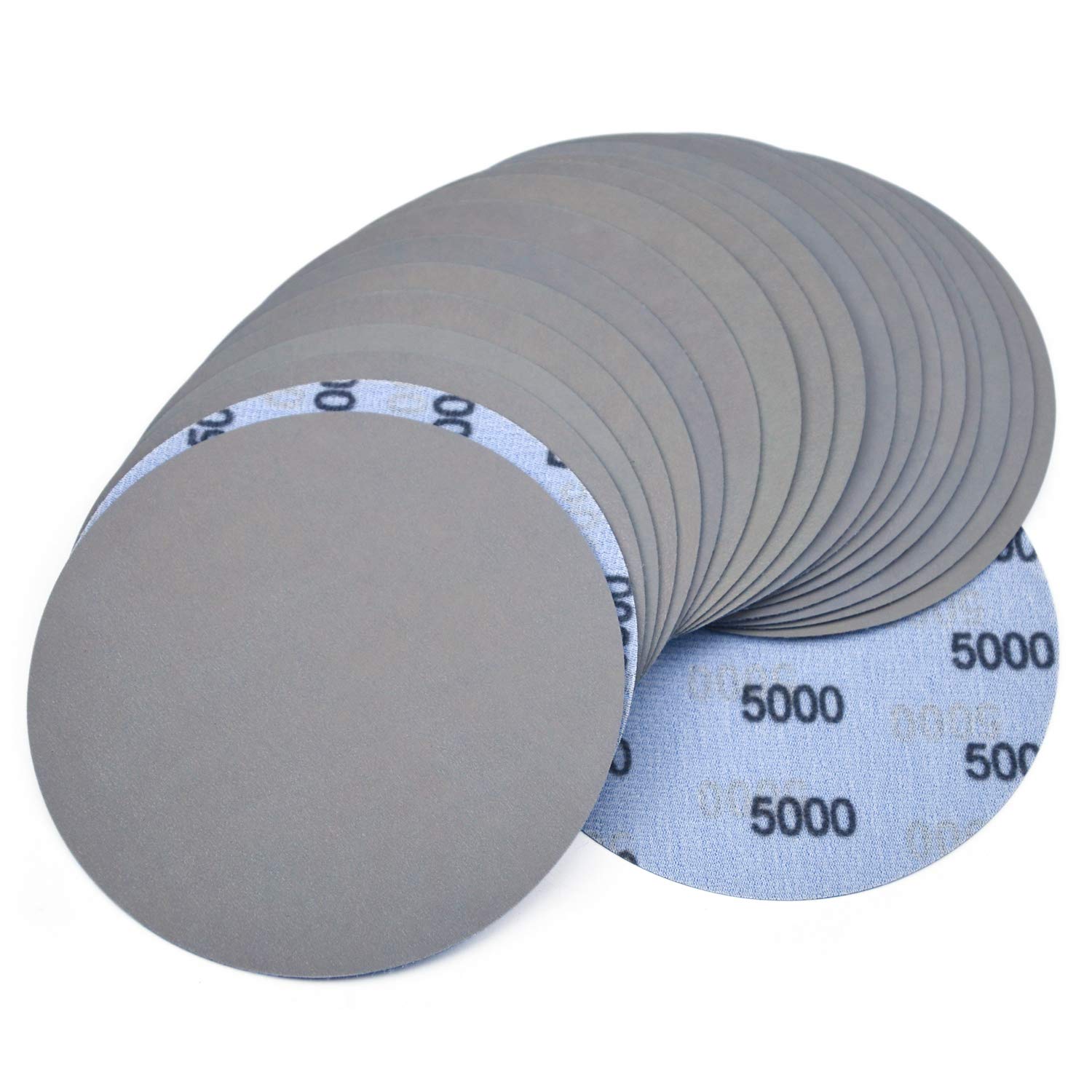

Tools & Equipment
What Is 5000 Grit Sandpaper Used For
Modified: January 3, 2024
Discover the uses of 5000 grit sandpaper for tools and equipment. Learn how this fine abrasive paper can achieve a smooth finish on various surfaces.
(Many of the links in this article redirect to a specific reviewed product. Your purchase of these products through affiliate links helps to generate commission for Storables.com, at no extra cost. Learn more)
Introduction
Welcome to the world of sandpaper, where the grit reigns supreme! If you've ever embarked on a woodworking or refinishing project, you've likely encountered the myriad of sandpaper options available. From coarse grits for heavy material removal to fine grits for achieving a smooth, polished finish, each type plays a crucial role in the sanding process.
In this comprehensive guide, we're going to delve into the world of sandpaper grits, with a specific focus on the enigmatic 5000 grit sandpaper. By the end of this journey, you'll have a profound understanding of what sets 5000 grit sandpaper apart and how it can be a game-changer in your finishing endeavors.
So, buckle up and prepare to uncover the secrets of 5000 grit sandpaper – a tool that holds the power to elevate your woodworking, automotive, and DIY projects to a whole new level of excellence!
Key Takeaways:
- 5000 grit sandpaper is an ultra-fine abrasive that delicately refines surfaces to a mirror-like sheen, making it perfect for woodworking, automotive detailing, artistic projects, and precision work.
- When using 5000 grit sandpaper, ensure surfaces are clean, use lubrication for smoother sanding, apply light pressure, and inspect progress regularly for optimal results.
Read more: What Grit Sandpaper To Use On Car
Understanding Grit in Sandpaper
Before we dive into the specifics of 5000 grit sandpaper, let's take a moment to unravel the concept of grit in the realm of sandpaper. Grit, in this context, refers to the coarseness or fineness of the abrasive particles embedded in the sandpaper’s surface. These particles, typically made of aluminum oxide, silicon carbide, or other abrasives, are responsible for the sandpaper’s abrasive action.
The grit number, often imprinted on the back of the sandpaper, serves as a crucial indicator of the abrasive’s coarseness. In essence, the lower the grit number, the coarser the sandpaper, and conversely, the higher the grit number, the finer the sandpaper. For instance, sandpapers with grits below 100 are considered coarse and are ideal for heavy material removal, while those with grits above 1000 are categorized as ultra-fine and are designed for achieving exceptionally smooth surfaces.
When sanding a surface, the choice of grit significantly influences the material removal rate and the smoothness of the finish. Coarse grits excel at swiftly leveling uneven surfaces and removing old finishes, while fine grits delicately refine the surface, erasing imperfections and preparing it for a flawless finish.
Understanding the role of grit is pivotal in achieving the desired results in any sanding endeavor. With this foundation in place, we can now venture into the realm of 5000 grit sandpaper and uncover its unique attributes and applications.
What Is 5000 Grit Sandpaper?
5000 grit sandpaper belongs to the realm of ultra-fine abrasives, renowned for its exceptional capacity to refine surfaces to a mirror-like sheen. As one of the finest grits available, 5000 grit sandpaper embodies precision and finesse, making it an indispensable tool for achieving immaculate finishes in various applications.
Characterized by its densely packed, ultra-fine abrasive particles, 5000 grit sandpaper operates with remarkable gentleness, delicately smoothing surfaces while preserving intricate details and achieving an unparalleled level of smoothness. This makes it a favored choice for meticulous tasks that demand an immaculate, blemish-free finish.
It’s important to note that the application of 5000 grit sandpaper extends beyond traditional woodworking. This ultra-fine abrasive is also highly valued in the automotive industry for refining clear coats, polishing paint surfaces, and restoring the luster of vehicles to a showroom-worthy brilliance.
Moreover, in the realm of DIY and crafts, 5000 grit sandpaper serves as a potent ally for artisans and hobbyists seeking to elevate their creations to a professional standard. Whether it’s refining intricate wood carvings, polishing resin-based crafts, or perfecting 3D-printed prototypes, the precision of 5000 grit sandpaper imparts a touch of mastery to every project.
With its ability to delicately refine surfaces without compromising intricate details, 5000 grit sandpaper stands as a testament to the fine art of finishing. Its application extends across diverse domains, from woodworking and automotive restoration to artistic pursuits, embodying the essence of precision and finesse in the realm of abrasives.
Now that we’ve unveiled the essence of 5000 grit sandpaper, let’s explore the myriad of uses where this ultra-fine abrasive truly shines.
5000 grit sandpaper is used for fine sanding and polishing surfaces, such as automotive paint or wood finishes. It helps to achieve a smooth and glossy finish.
Uses of 5000 Grit Sandpaper
5000 grit sandpaper, with its exceptional fineness and precision, finds a multitude of applications across various industries and hobbies. Let’s delve into the diverse uses where this ultra-fine abrasive truly shines:
- Woodworking and Furniture Refinishing: In the realm of woodworking, 5000 grit sandpaper serves as a pivotal tool for achieving flawlessly smooth finishes on wooden surfaces. It excels in refining intricate details, smoothing out blemishes, and preparing wood for the final luster of varnish or lacquer. Whether it’s crafting fine furniture, turning wooden bowls, or creating exquisite inlays, this ultra-fine abrasive elevates woodworking projects to a level of refinement that exudes craftsmanship.
- Automotive Detailing and Restoration: Automotive enthusiasts and professionals alike rely on 5000 grit sandpaper to restore the luster of vehicle surfaces to a pristine shine. From refining clear coats and eliminating imperfections in paint surfaces to achieving a flawless mirror-like finish, this ultra-fine abrasive plays a crucial role in automotive detailing and restoration, ensuring that vehicles exude a showroom-worthy brilliance.
- Artistic and Craftsmanship: Artists, sculptors, and craftsmen harness the precision of 5000 grit sandpaper to refine their creations with unparalleled finesse. Whether it’s polishing intricate wood carvings, smoothing resin-based sculptures, or perfecting the surface of 3D-printed prototypes, this ultra-fine abrasive imparts a professional touch to artistic endeavors, elevating them to a level of refinement that captivates the eye.
- Instrument Making and Restoration: Luthiers and instrument enthusiasts value 5000 grit sandpaper for its ability to delicately smooth and polish the surfaces of musical instruments, ensuring that every curve and contour exudes a flawless sheen. From refining the intricate details of a violin’s scroll to achieving a mirror-like finish on a guitar’s body, this ultra-fine abrasive plays a vital role in the art of instrument making and restoration.
- DIY Projects and Precision Work: Whether it’s refinishing antiques, restoring vintage items, or engaging in precision DIY projects, 5000 grit sandpaper empowers enthusiasts and hobbyists to achieve immaculate results. Its gentle yet effective abrasive action allows for the delicate refinement of surfaces without compromising intricate details, making it an indispensable tool for a wide array of precision-oriented endeavors.
These diverse applications underscore the versatility and finesse of 5000 grit sandpaper, showcasing its indispensable role in achieving immaculate finishes across woodworking, automotive, artistic, and precision-driven pursuits.
Tips for Using 5000 Grit Sandpaper
When working with 5000 grit sandpaper, precision and finesse are paramount. Here are some valuable tips to ensure optimal results and maximize the potential of this ultra-fine abrasive:
- Surface Preparation: Before using 5000 grit sandpaper, ensure that the surface is meticulously cleaned and free of any coarse debris or imperfections. This sets the stage for achieving a flawless finish, allowing the ultra-fine abrasive to delicately refine the surface without encountering obstructions.
- Use with Lubrication: To enhance the efficiency and effectiveness of 5000 grit sandpaper, consider using it with a lubricant or a fine mist of water. This not only facilitates a smoother sanding process but also helps prevent the clogging of the sandpaper, ensuring consistent and uniform abrasive action.
- Light, Even Pressure: When sanding with 5000 grit sandpaper, apply light and even pressure to the surface. The ultra-fine abrasive nature of 5000 grit sandpaper necessitates a gentle touch, allowing the abrasive particles to delicately refine the surface without causing undue abrasion or damage.
- Cross-Grain Sanding: For woodworking projects, consider sanding with the grain of the wood using 5000 grit sandpaper, followed by a light cross-grain sanding to ensure a uniformly smooth finish. This technique helps eliminate any subtle imperfections and ensures a consistent level of refinement across the entire surface.
- Inspecting Progress: Periodically inspect the sanded surface to gauge the progress and ensure that the desired level of refinement is being achieved. This allows for adjustments in technique or additional sanding if necessary, ensuring that the final result meets the highest standards of smoothness and luster.
- Final Polishing: After using 5000 grit sandpaper, consider following up with a fine polishing compound or a buffing wheel to further enhance the surface’s sheen and smoothness. This extra step can elevate the finish to an even higher level of brilliance, especially in automotive and artistic applications.
By adhering to these tips, you can harness the full potential of 5000 grit sandpaper, achieving impeccably smooth and refined surfaces across woodworking, automotive, artistic, and precision-driven projects.
Read more: What Grit Sandpaper To Use Before Painting
Conclusion
As we conclude our exploration of 5000 grit sandpaper, it’s evident that this ultra-fine abrasive stands as a testament to the art of precision and finesse in the realm of sanding. From woodworking and automotive detailing to artistic endeavors and precision craftsmanship, the versatility and immaculate refinement offered by 5000 grit sandpaper make it an indispensable tool in the pursuit of flawless finishes.
By understanding the pivotal role of grit in sandpaper and unraveling the unique attributes of 5000 grit sandpaper, we’ve gained insight into its exceptional capacity to delicately refine surfaces to a mirror-like sheen. This ultra-fine abrasive empowers artisans, woodworkers, automotive enthusiasts, and hobbyists to elevate their projects to a level of refinement that captivates the eye and exudes a professional standard of excellence.
Furthermore, the tips for using 5000 grit sandpaper serve as valuable guidelines to ensure optimal results and maximize the potential of this ultra-fine abrasive. By adhering to best practices such as surface preparation, using lubrication, applying light and even pressure, and incorporating final polishing, enthusiasts and professionals can harness the full prowess of 5000 grit sandpaper, achieving impeccably smooth and refined surfaces in their respective pursuits.
As you embark on your next woodworking masterpiece, automotive restoration project, artistic endeavor, or precision-driven creation, consider the transformative power of 5000 grit sandpaper. Embrace its precision, finesse, and capacity to elevate surfaces to a level of immaculate brilliance. Whether it’s achieving flawlessly smooth finishes, restoring the luster of automotive surfaces, or refining artistic creations with unparalleled finesse, 5000 grit sandpaper stands as a testament to the pursuit of perfection in every endeavor.
So, armed with the knowledge of grit, the essence of 5000 grit sandpaper, and the invaluable tips for its application, step into the realm of ultra-fine abrasives with confidence and unleash the potential of immaculate finishes that captivate and inspire.
Frequently Asked Questions about What Is 5000 Grit Sandpaper Used For
Was this page helpful?
At Storables.com, we guarantee accurate and reliable information. Our content, validated by Expert Board Contributors, is crafted following stringent Editorial Policies. We're committed to providing you with well-researched, expert-backed insights for all your informational needs.
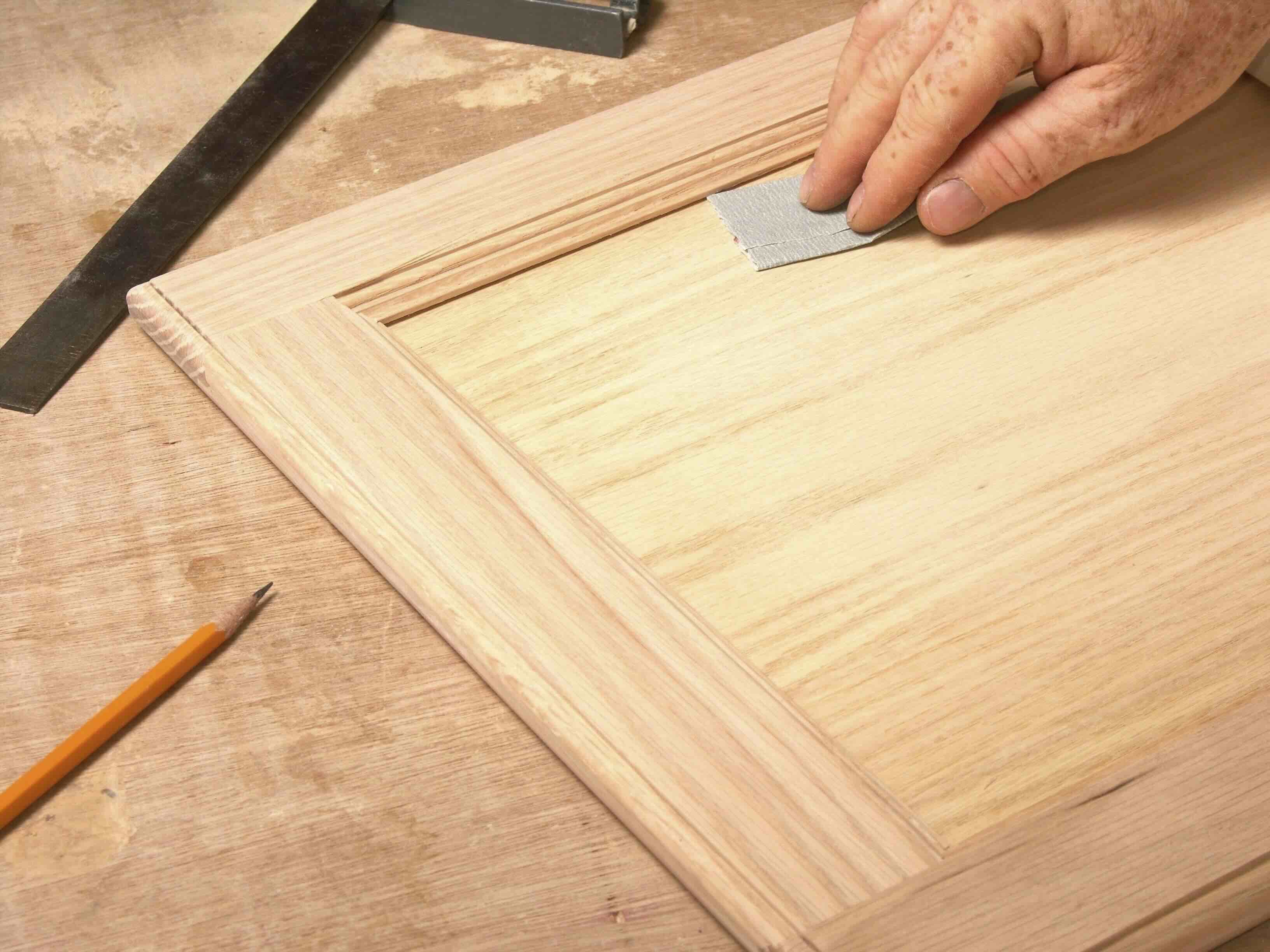
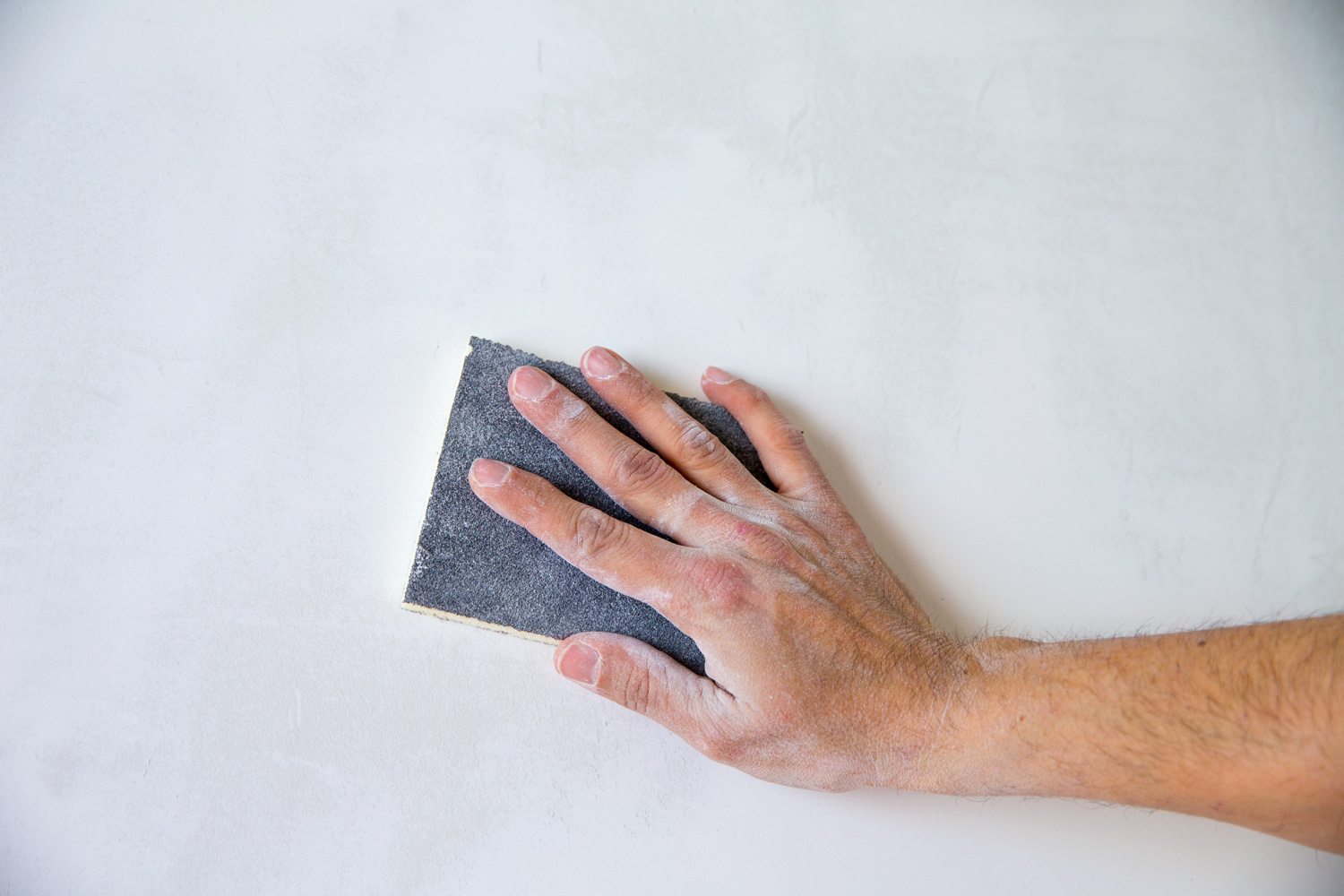



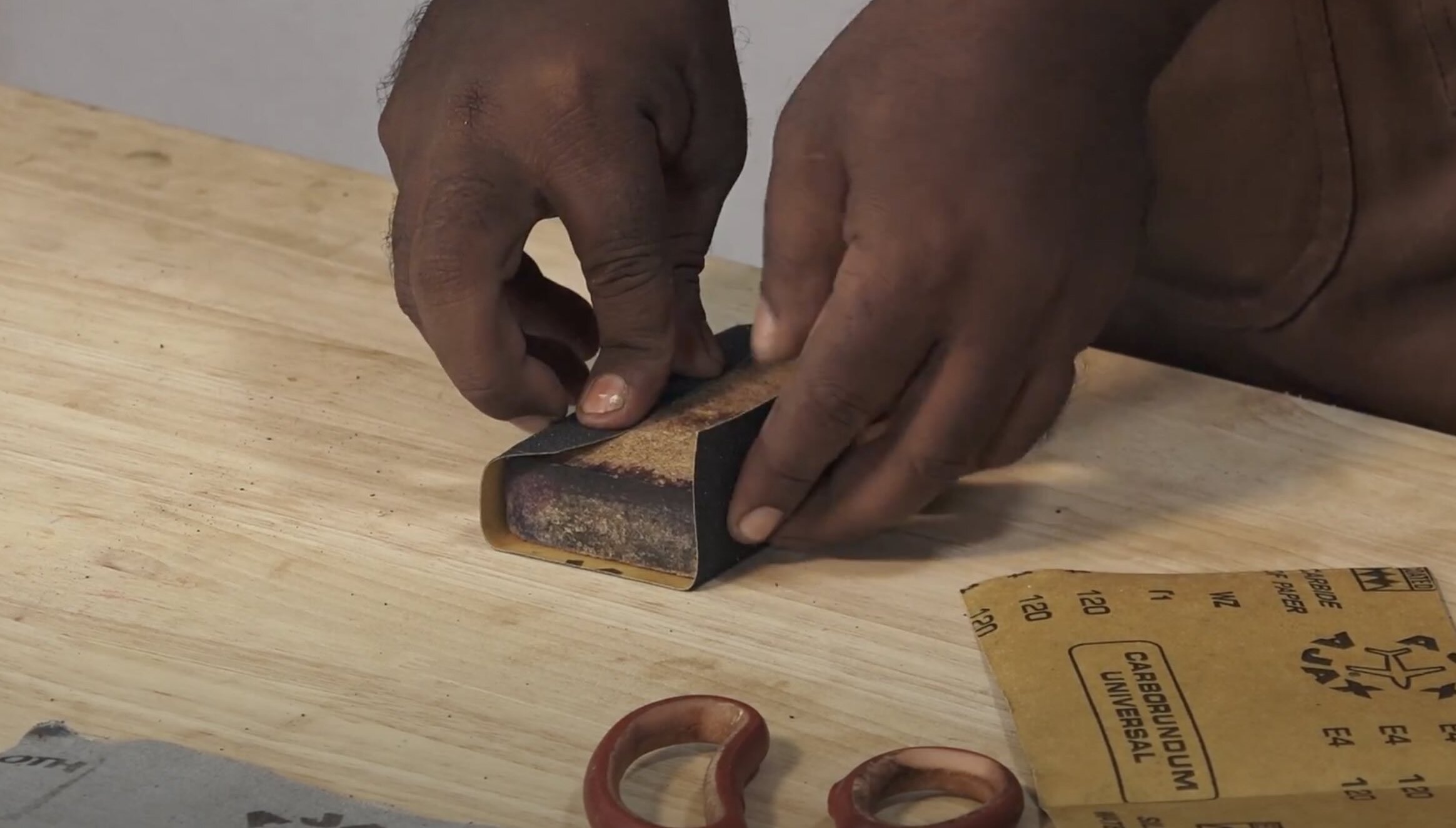
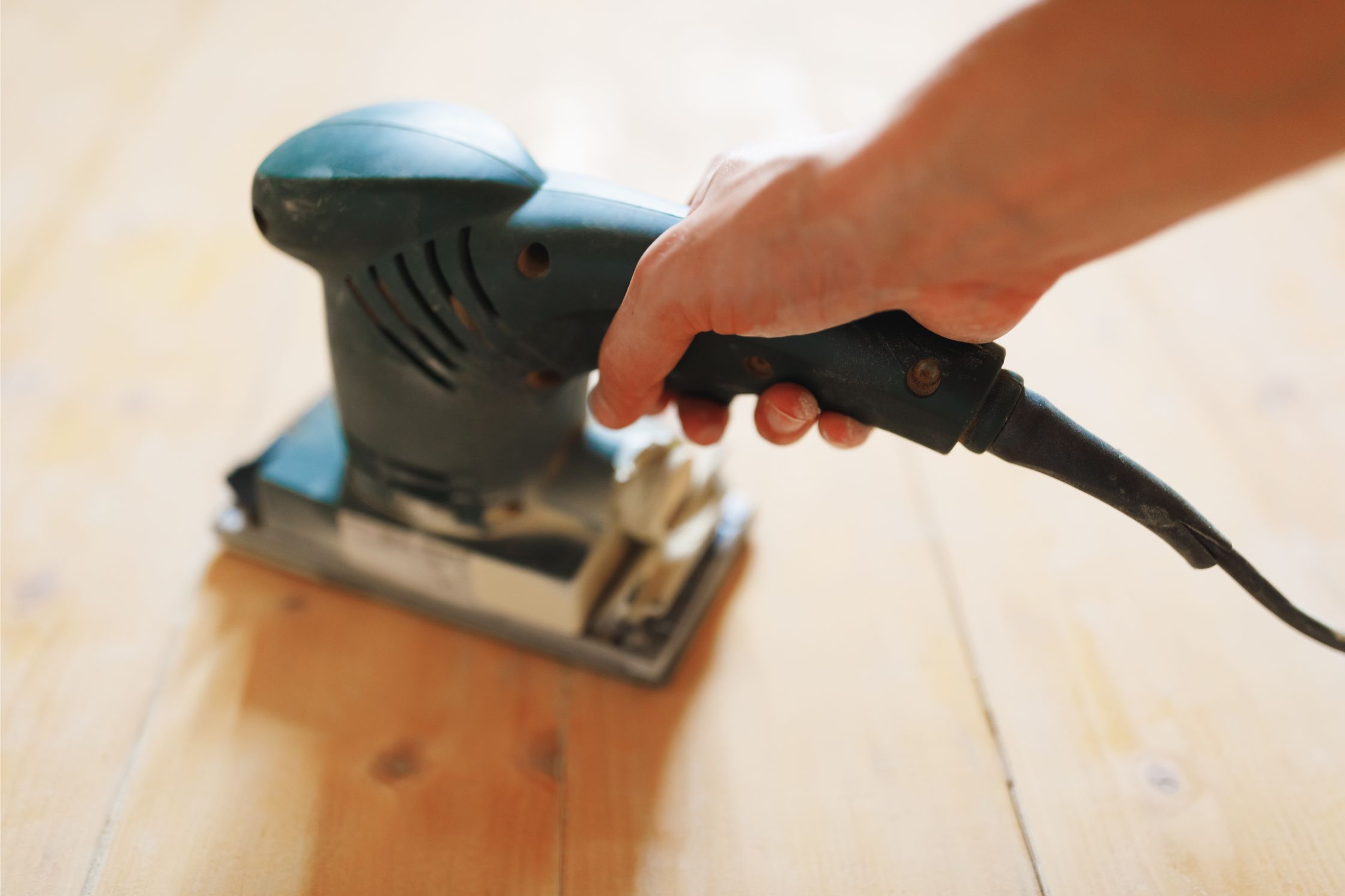
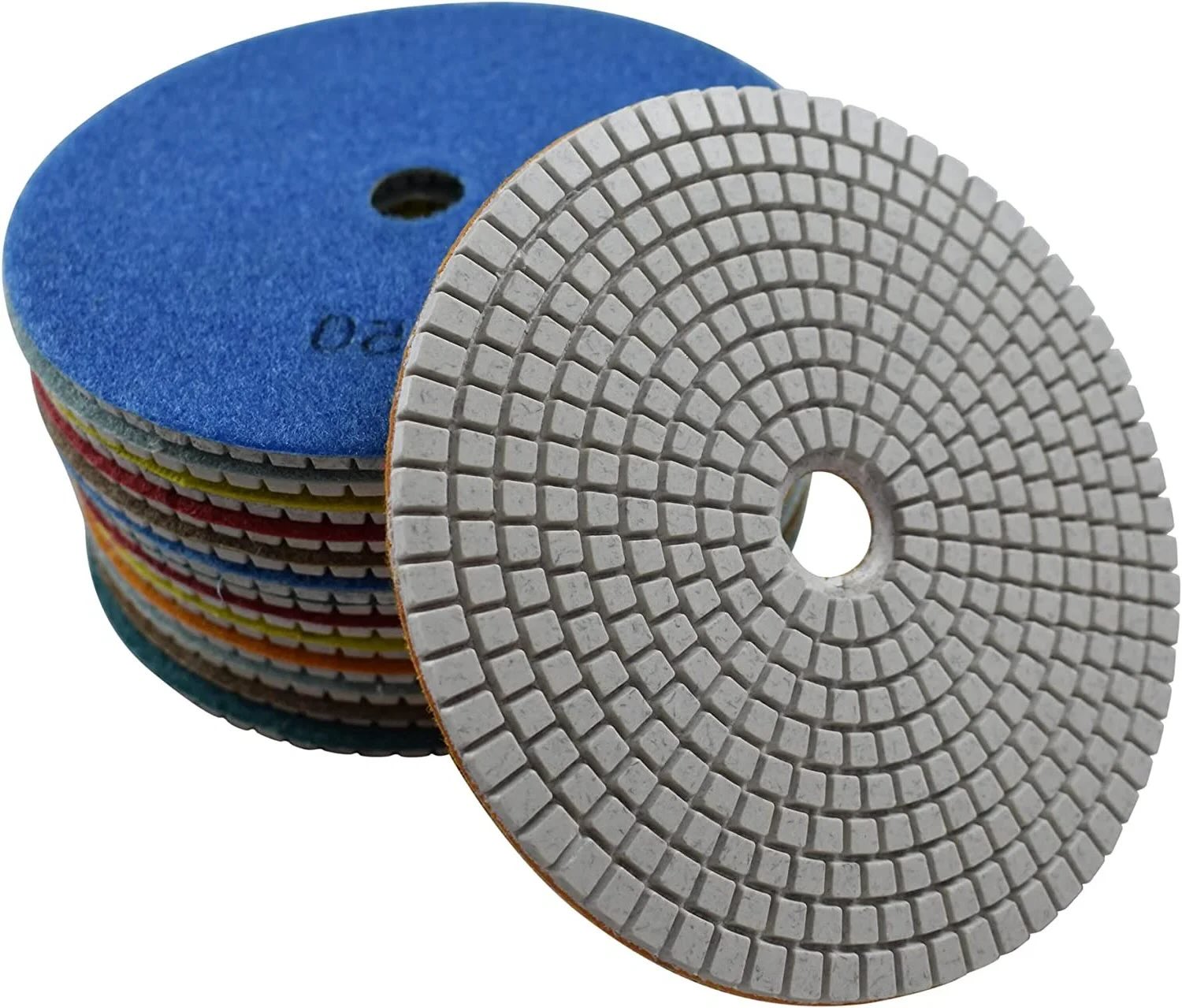

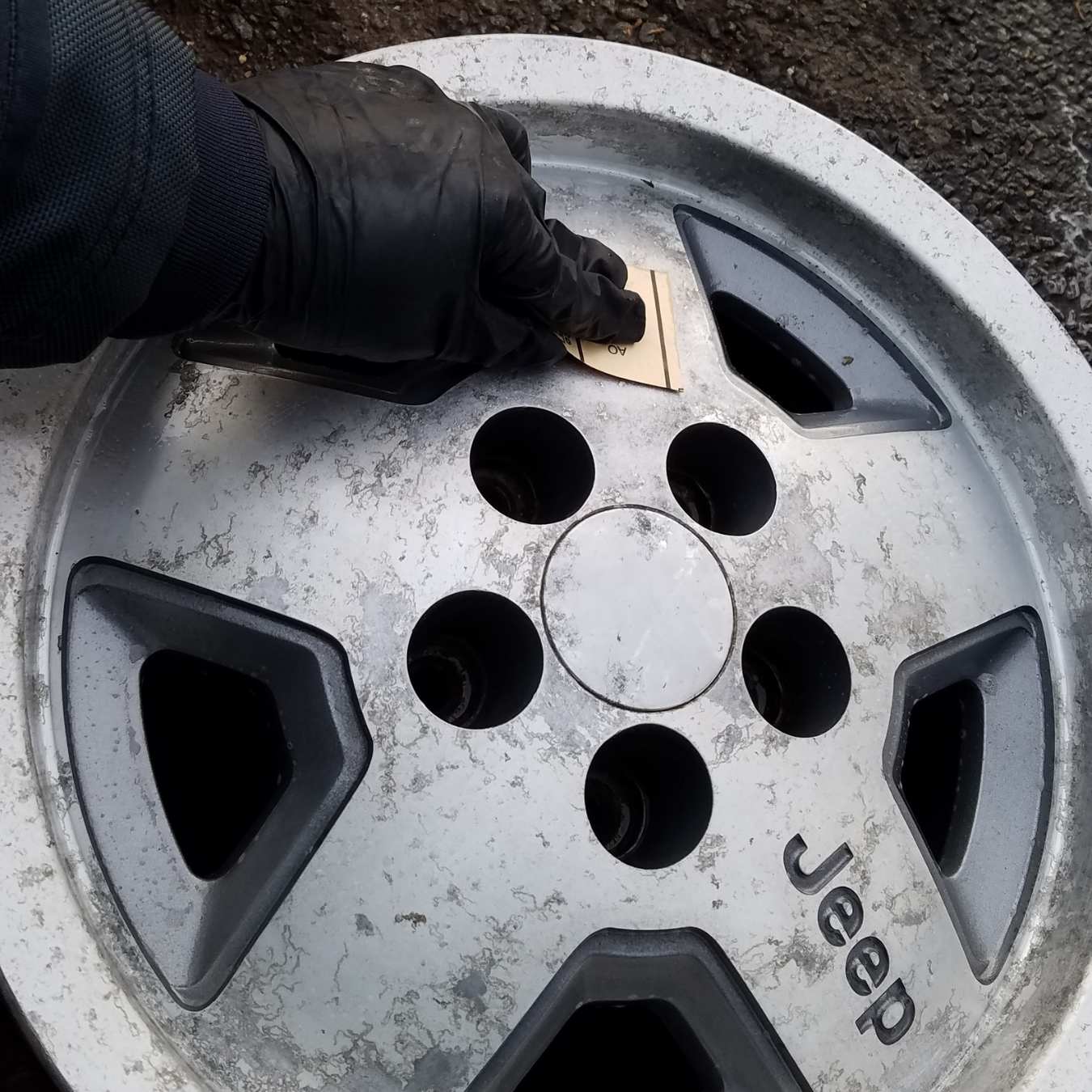
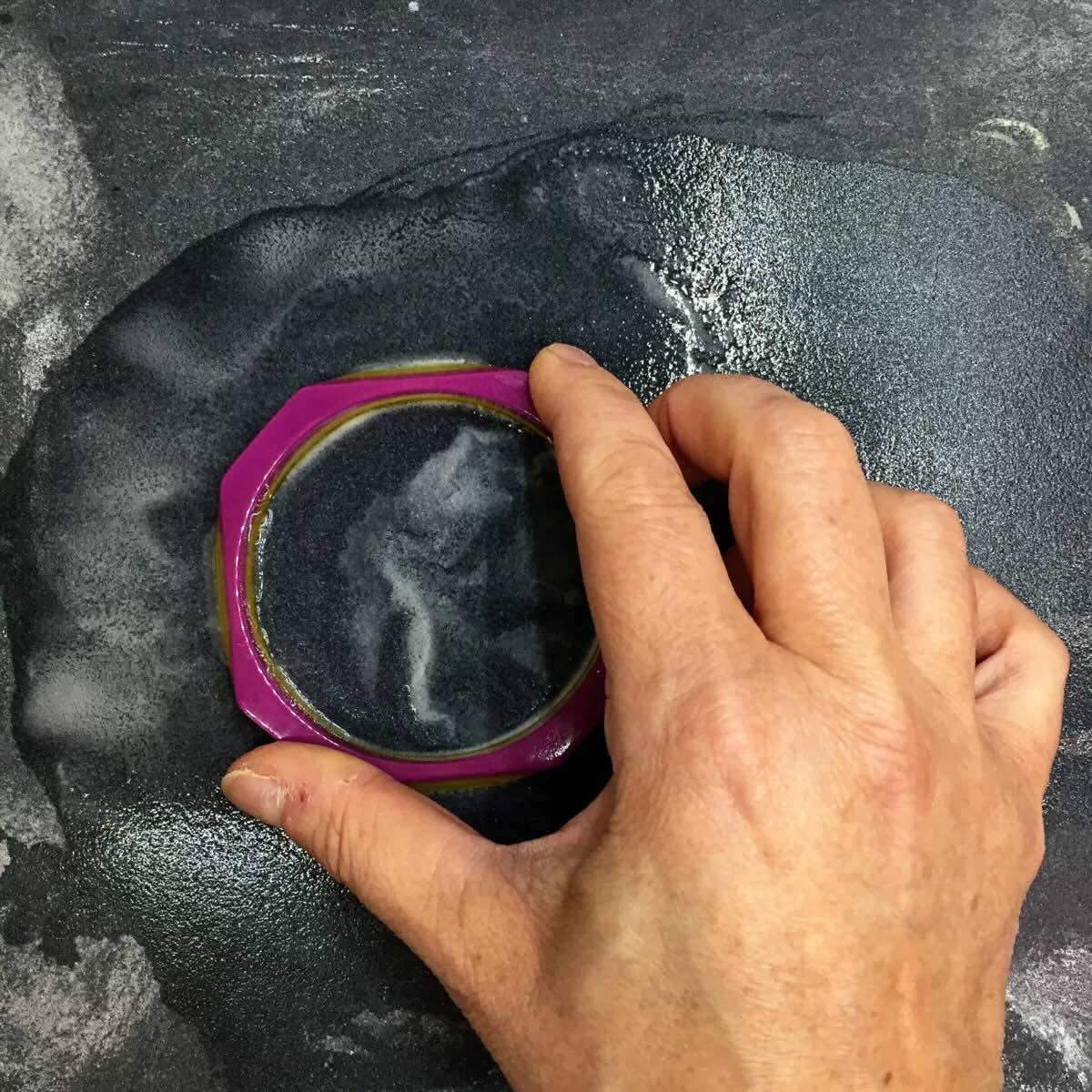
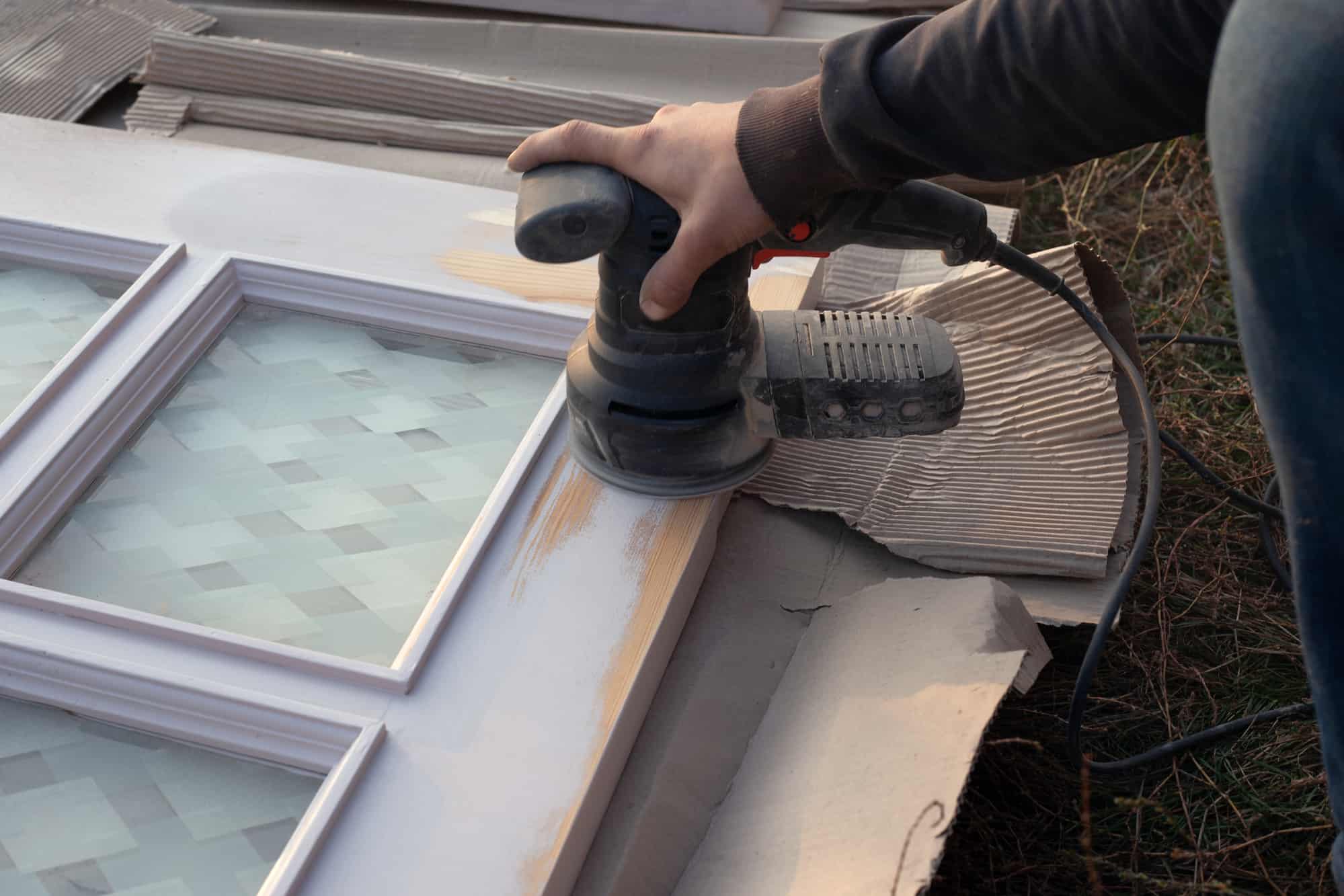
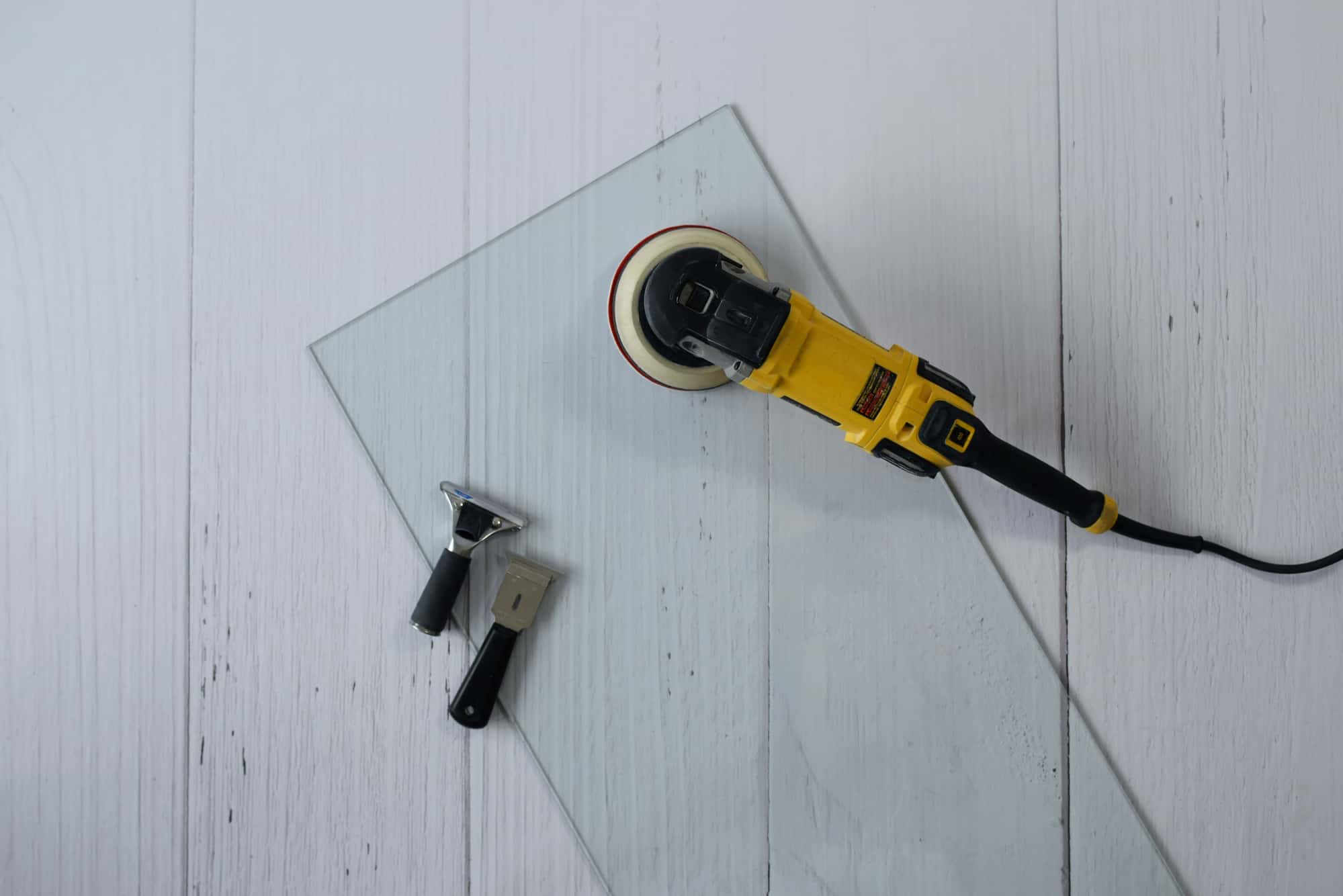


0 thoughts on “What Is 5000 Grit Sandpaper Used For”